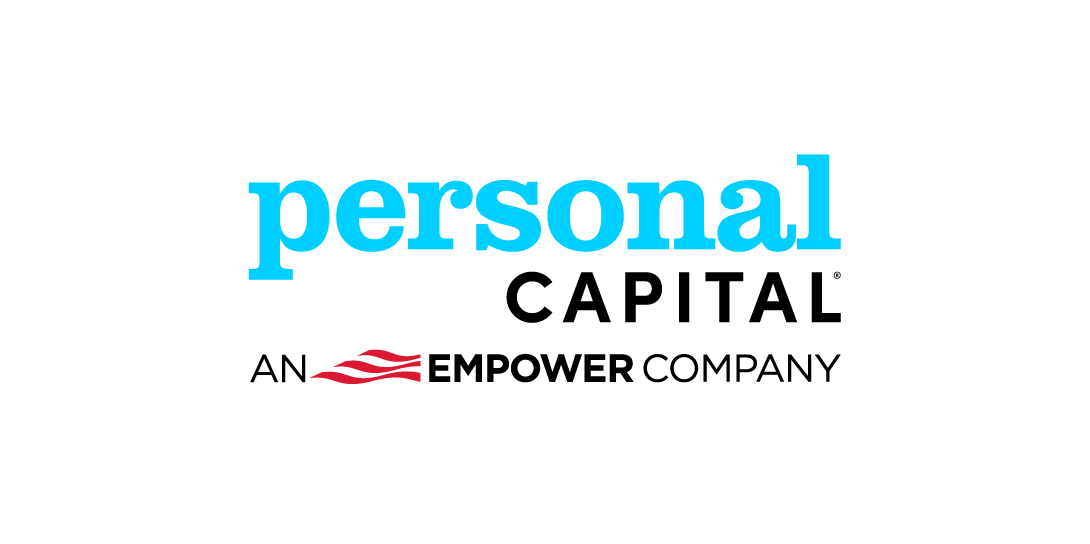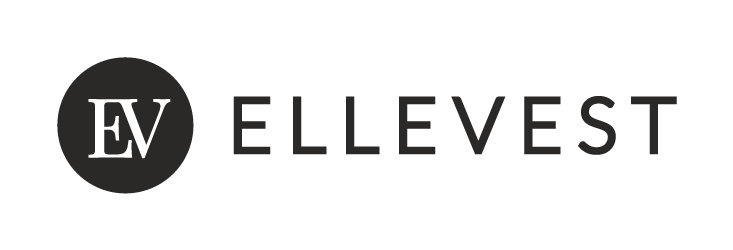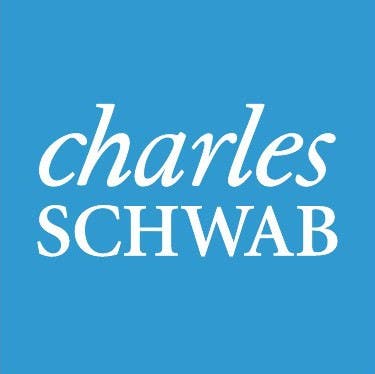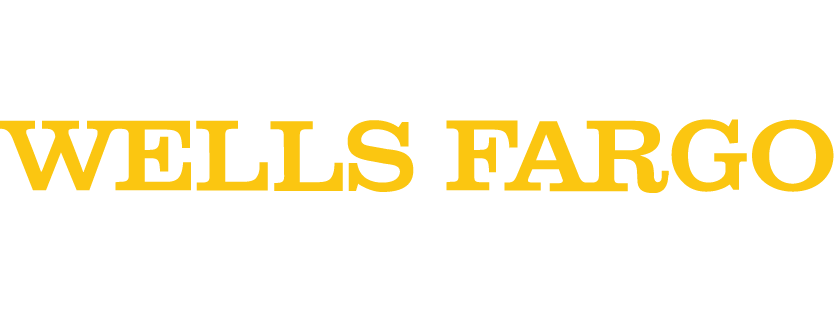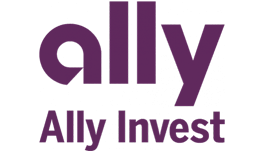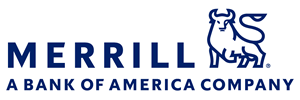Stash review 2024
The Bankrate promise
At Bankrate we strive to help you make smarter financial decisions. While we adhere to strict , this post may contain references to products from our partners. Here's an explanation for .
Stash: Best for
- Low account minimum
- Allows you to invest as you spend
- Custodial accounts for children
Stash is an app marketed to new investors with small amounts of money looking for easy access to the market. It’s a simple robo-advisor with a cash account option. You can get started with just $5 and grow your portfolio in several ways, including its round-up feature or by receiving stock through the Stock-Back debit card, which allows you to earn shares in the companies you shop at or through an ETF of your choosing. Monthly fees range from $3 to $9, which can translate to a big chunk of your money if you’re starting with a small portfolio.
Stash’s Smart Portfolios are fairly minimalist compared to the rest of the industry. You’ll only have three portfolios to choose from, but those portfolios have low fund fees overall.
If you’re looking for a more comprehensive robo-advisor offering, you might consider industry leaders such as Wealthfront or Betterment. You’ll get better portfolio options while still having a strong cash management account. Investors looking for an offering similar to Stash might consider its rival Acorns.

We want to know what you think about Stash
Do you have experience with Stash? Let us know your thoughts.
Stash: In the details


Pros: Where Stash stands out
Two service plans (including custodial accounts)
Stash offers two service tiers that provide a basic and premium level of service, so users can access the features that they really want. The tiers are priced at $3 and $9 per month.
- Stash Growth – This tier targets beginners and gives customers the option to open a taxable account, a managed account (Smart Portfolio) and either a traditional or Roth IRA. You’ll also get the Stock-Back Card, which allows you to invest as you spend, as well as $1,000 in life insurance.
- Stash+ – The premium tier comes with all the benefits of Stash Growth and adds custodial accounts for children, Stock-Back Card bonuses, improved research and $10,000 in life insurance.
At the Growth tier, you have access to the managed portfolio, what Stash calls Smart Portfolios. This service selects one of three preset portfolios: conservative, moderate and aggressive (more below).
The upper-service tier includes custodial accounts for children, a feature that is unusual in the robo space. Stash also doubles down on the Stock-Back card with higher bonuses.
Prior to August 2022, Stash offered a beginner plan that was just $1 per month. The plan was eliminated to give all customers access to retirement accounts and Stash’s Smart Portfolios.
Smart Portfolios vs. choose-your-own investments
Unlike other services offering managed portfolios, Stash started out by offering clients the ability to purchase individual stocks and ETFs without guidance. That model has shifted in recent years. You can still buy stocks and ETFs, but Stash can also set up a managed portfolio for you through a program it calls Smart Portfolios.
Smart Portfolios place your funds in one of three preset managed portfolios, depending on when you need the money and your risk tolerance. They’ll be distributed among stocks and bonds, with the conservative portfolio more heavily weighted to bonds and the aggressive portfolio heavily loaded with stocks. That’s industry-standard asset allocation.
Even if you don’t use the managed portfolio, you’ll have the option of buying your own stocks or funds. If you want a specific themed ETF, you can search the ETF list and see if Stash offers it. You’ll be able to choose from the most popular stocks, too.
You can buy fractional shares and start investing with just $5, so it’s accessible to all investors. You’ll be able to reinvest all dividends automatically, keeping your money working at all times.
Starting in mid-December 2023, investors will no longer be able to purchase crypto through Stash. It joins several other fintech companies, including SoFi, to nix crypto trading in recent months.
“We found our customers weren’t focused on this aspect of our platform and given the volatility in the market, we’re no longer supporting it,” a Stash representative confirmed via email Dec. 8. Considering Stash is targeted at new investors, ditching crypto might not be a bad thing.
Well-developed educational content
A useful feature of Stash is the variety of investing news and content it offers. Stash provides helpful articles on basics such as diversification, need-to-knows such as taxes and investing content on IPOs and other sectors, for example. You can also sign up for Stash’s weekly email, called The Wallet, which features more news and resources. All in all, it’s a nice benefit for those using the Stash app, though of course you can access all this content without actually using the app.
Stock-Back card and round-ups
The Stock-Back card is a novel twist on a rewards card, and helps customers get spending rewards in stock rather than points, miles or cash. You’ll receive the Stock-Back debit card when you open a cash management account, which is available in each service tier.
The feature rewards you in stock of the company you’re purchasing from. For example, your morning coffee at Starbucks earns you Starbucks stock. If you’re buying from a company that doesn’t have publicly traded stock, then the rewards go into a stock or ETF you’ve preselected.
If you have the Stash Growth plan, you’ll earn 0.125 percent back in stock on every swipe and up to 2 percent at certain merchants with bonuses. If you have the Stash+ plan, you’ll get 1 percent back in stock on all purchases up to $1,000 each month, as well as up to 3 percent at certain merchants.
Stash also has a round-up feature. Whenever you purchase something, Stash will round up the amount to the next dollar and deposit the money into your cash account. This feature has proved popular with consumers and helps you automatically save while you spend.
Cash management account
Stash offers a solid cash management account with some of the usual features as well as one of the more unusual: the ability to get your direct deposit payroll check a couple days early.
Stash’s cash management account features include:
- No overdraft or maintenance fees
- No minimum balance
- 55,000+ fee-free ATMs
- Instant transfer to investing accounts
- Mobile check deposit
- “Stock-Back” debit card
The downside to Stash’s cash management account: It doesn’t offer any interest. Compare that to Wealthfront’s offering, which provides the key features here plus a high-yield savings account level of interest – all at no cost.
Renamed ETFs
When you’re looking at the names of traditional ETFs, it can be easy to get caught up in the naming. So Stash has thematically retitled the 90+ ETFs on its platform so that you have some idea what they actually contain in terms that a layperson can understand.
For example, the Vanguard Intermediate-Term Treasury Index Fund ETF becomes “Uncle Sam: Medium Term” for its exposure to medium-term U.S. government bonds. Meanwhile the Vanguard Mid-Cap Index Fund ETF becomes “Middle Market” for medium-sized U.S. firms.
Is it gimmicky? A little. But the titles help reflect what’s in the fund in an easy-to-digest way.
Cons: Where Stash could improve
Pricing
Like a few rivals (including Acorns and Ellevest), Stash offers managed portfolios for a monthly fee. While Stash’s monthly fee ($3, $9) is not high in an absolute sense, it’s expensive compared to the rest of the industry. The industry generally prices on how much you have invested with the company, that is, your assets under management.
For example, with just $1,000 in your account and using Stash’s entry-level tier at $3 per month, you’re paying $36 per year or 3.6 percent. That compares to an industry standard of 0.25 percent, or about $2.50 for every $1,000 invested. But the fee becomes more atrocious if you’re only investing small sums. With a modest $100 in your account, you’re forking over a whopping 36 percent in fees each year.
That said, the fixed-cost model can prove attractive if you’re bringing significant money to the robo-advisor, since your assets go up but your fees don’t.
However, if cost is your key objective, you might have a look at SoFi Automated Investing, which charges no management fees or Schwab Intelligent Portfolios, which also lets you duck the management fees, though you’ll have to cough up $5,000 to meet its account minimum.
Basic managed portfolio and lack of clarity on investments
The Stash managed portfolio is the most basic portfolio in this space, with just three preset investment options – a conservative, a medium and an aggressive portfolio. As mentioned above, these portfolios are constructed using just a handful of ETFs, the details of which are a bit murky unless you actually sign up for an account.
While this portfolio approach is vanilla in its sophistication, it should work acceptably. So much in investing is unnecessarily complex, though sometimes complexity does provide extra juice.
Stash does not offer any kind of tax strategy, though it does automatically rebalance your portfolio at the end of each quarter if you move more than 5 percent from your target allocations.
A more well-developed portfolio process would likely generate high returns here.
Limited automated ESG portfolio choices
Stash’s automated portfolio lacks the choices offered by other robo-advisors. Its rival Acorns now offers 23 ETFs within its automated portfolio choices, including some focused on environmental, social and governance (ESG) issues, which can be popular with younger investors. That said, investors looking for ESG funds or many other kinds of specialized funds can still add them to a portfolio by buying them in what Stash calls your personal portfolio. It’s simple to place the order and add the fund that you want.
Limited account types
Stash has a relatively limited selection, with a bit of a strange twist. It allows individual taxable accounts, but not joint. It also offers the typical traditional IRA and Roth IRA. The twist: It also offers custodial accounts in its upper tier.
Custodial accounts are a little bit unusual in robo-advisor accounts, with close rival Acorns also offering them. But Acorns allows you to access them at a lower price point than Stash does. That said, Stash’s upper tier also brings some other perks to the table, as discussed above.
Review methodology
Thank you for sharing your experience with Bankrate










